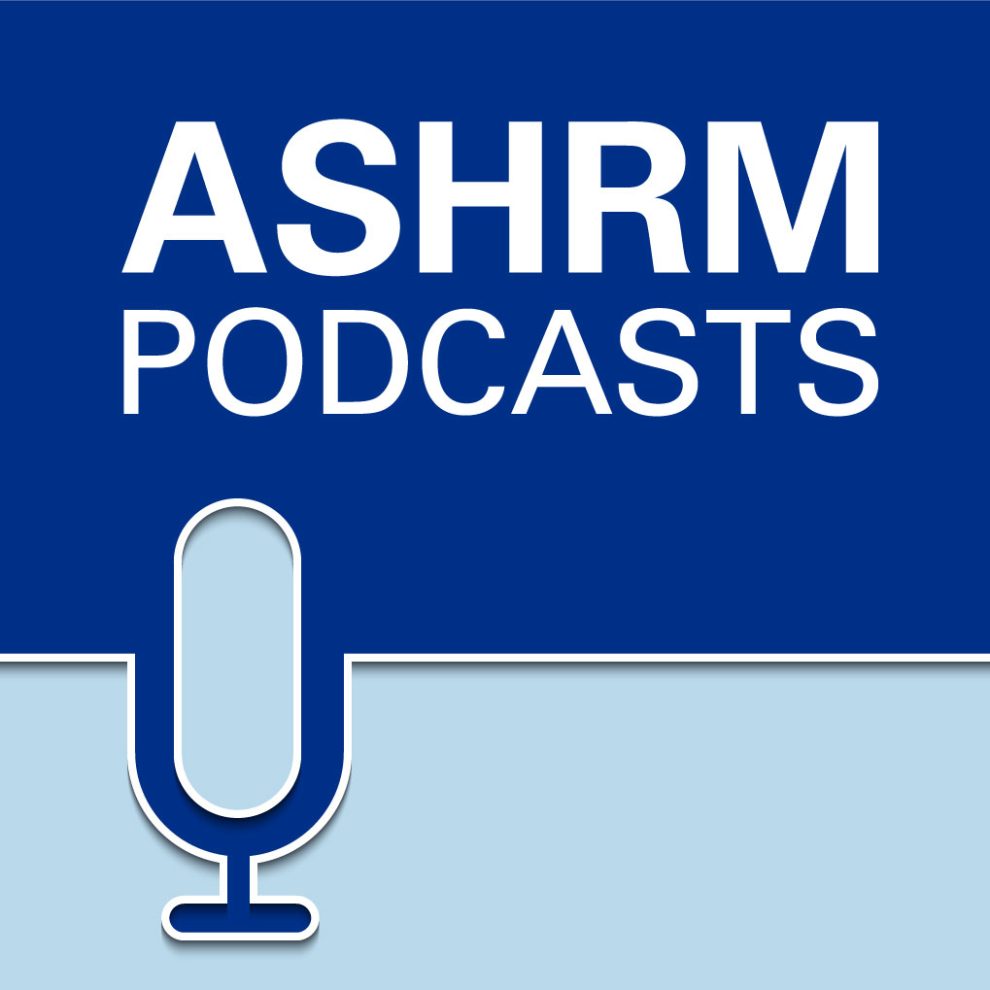In today’s health care landscape, travel nursing offers a unique and rewarding career path for nurses seeking flexibility, adventure, and new professional challenges. However, with the mobility and variety of environments that come with travel nursing, there also come certain risks – from managing unfamiliar hospital policies to navigating state-specific licensure requirements and ensuring personal safety in new locations.
In a recent podcast, Bentley Skinner, RN, Risk Manager for Maxim Healthcare Staffing, shared key risk management strategies that every travel nurse should know. He also provided insights into best practices for staying safe, while delivering high-quality care across diverse health care settings.
Collaboration with Partners Optimizes Outcomes
During the onboarding process, Skinner’s organization requires travel nurses to take a series of competency tests to help judge their level of proficiency and expertise. This aids in appropriate placement. They have also worked very diligently to form strong relationships with their risk management partners, with the ultimate goal of patient safety and optimal outcomes.
“The flexibility of a travel nurse is great. They’re kind of like a Swiss army knife. They can do a little bit of everything. But, at the same time, sometimes they’re not familiar with every scenario that could occur. So, it’s very good to work in collaboration with the facilities to make sure we have well-rounded and safe nurses,” according to Skinner.
His role as a clinical manager in home care specifically prepared Skinner to transition over to travel nursing. Both types of care require a unique set of skills that hospital nurses don’t necessarily get to use on a regular basis. For example, when nurses are working in homes, they are often tasked with caring for severely disabled pediatric patients.
“A lot of people don’t know that home care nurses work with tracheostomies and ventilators. We really try to focus on their training and making sure they’re highly competent because they are often alone and they don’t necessarily have the backup of other folks working in a facility,” he shared. “So, when you transfer that over to travel nursing, it just leads to the ability to make sure they are also going into new facilities with all the support they need. Sure, they do have those amenities and backups and teams, but they’re also very new.”
An Unusual Challenge and Mitigating Risk
One unique challenge with any staffing firm is that risk professionals like Skinner don’t have direct contact with the nurses they manage. This becomes especially complex due to the diversity of the facilities the firm engages with.
“We work with schools, in correctional facilities, in long-term care. We work in hospitals, in all departments, all the way up to ICU. And the unique challenge involved in that is that I’m not there as a risk manager to oversee all of the nurses or caregivers we have employed,” notes Skinner.
While every facility does its best to ensure patient safety, issues and errors will occur. When that happens, it’s important to identify what went wrong and work to rectify it as soon as possible.
However, Skinner reinforced that in risk management, he is never investigating with the purpose of placing blame.
“Our goal is always to make sure we have the best outcome for the facility, the patients, and the nurses going forward,” he assures. The role of a risk professional at a staffing agency is rather unique, and it gives him the chance to address potential errors that might arise due to a nurse’s lack of experience or education in a given area, or due to unfamiliarity with a new facility. “It really mitigates the risks going forward for all of the patients in all of the facilities.”
Identifying Risk Trends: Importance of a Wide View
In Skinner’s role, he also can observe both local and national trends in risk management. This helps identify areas for improvement across multiple facilities, because he can look at organizations of different sizes, various locations and a variety of areas of focus.
“When we work with facilities that may have had one or two incidences, they might not be identifying a trend. However, when you get further removed and have a wider view on the situation, you can identify trends a lot more effectively. That’s a great aspect of collaboration with the facilities that I offer, one which I’m more than happy to participate in.”






